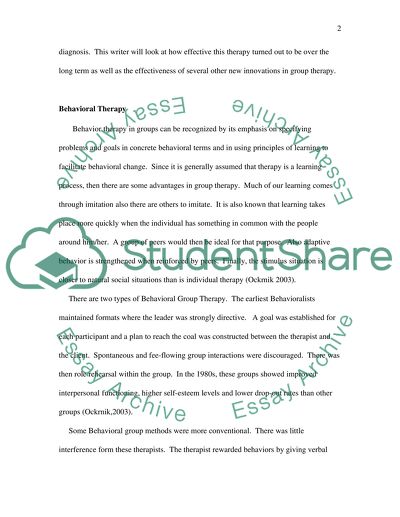Cite this document
(“Group therapy orination Essay Example | Topics and Well Written Essays - 2500 words”, n.d.)
Retrieved from https://studentshare.org/miscellaneous/1541400-group-therapy-orination
Retrieved from https://studentshare.org/miscellaneous/1541400-group-therapy-orination
(Group Therapy Orination Essay Example | Topics and Well Written Essays - 2500 Words)
https://studentshare.org/miscellaneous/1541400-group-therapy-orination.
https://studentshare.org/miscellaneous/1541400-group-therapy-orination.
“Group Therapy Orination Essay Example | Topics and Well Written Essays - 2500 Words”, n.d. https://studentshare.org/miscellaneous/1541400-group-therapy-orination.


